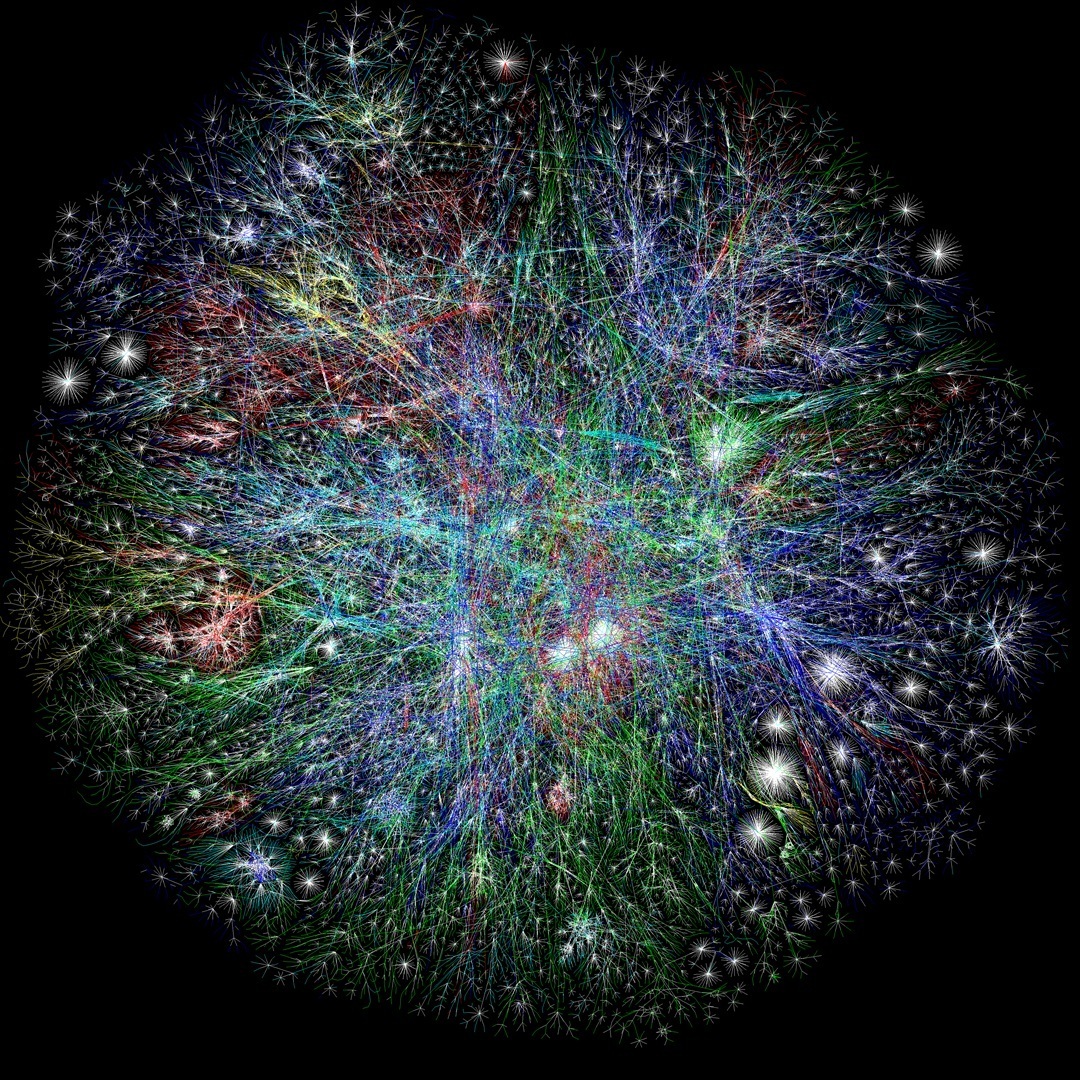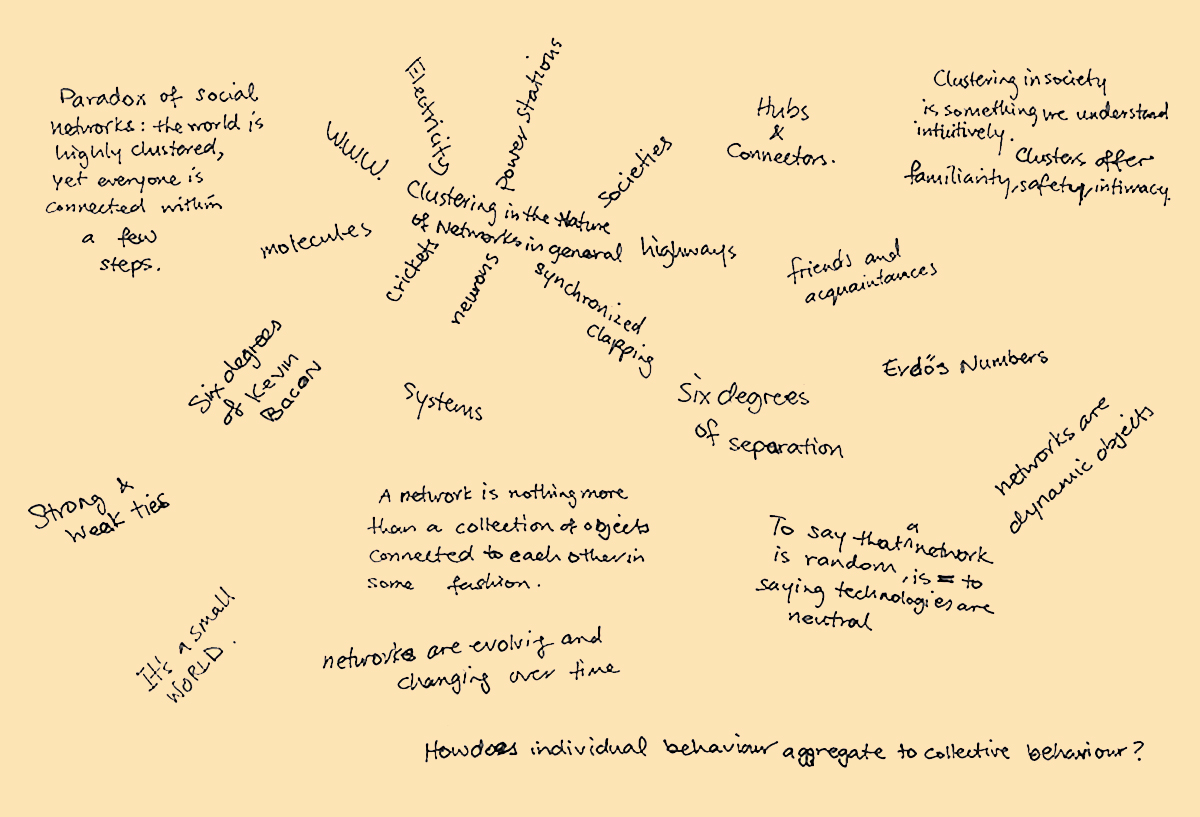Django Unchained (2012) – The Reunion of Django and Broomhilda
The use of doors in this scene plays a significant role in symbolising freedom and establishing hidden qualities of the narrative. The first shot, where Lara leading Broomhilda across the house, ends with a shift of focus through the front door and into the external fields. The end of this panning shot highlights Django and King’s plans to help Broomhilda escape to freedom whilst also juxtaposing the framed view of freedom from within the imprisonment of the house. The message of freedom is further embedded, at the end of the scene, by the glorifying shot of Django (the hero) revealing himself to Broomhilda as the door between them swings open.
Whilst being used to reveal the hero, the filmmaker also used the door as a hiding mechanism. As King opens the door to greet Lara and Broomhilda, we first see Lara behind a narrow opening of the door, surrounded by the darkened interior of King’s room. It later on opens up to reveal Broomhilda. This perspective portrays a sense of secrecy that Lara is unaware of. It also seems to be peeking through from behind King, perhaps implying there is another presence in the room.
The coverage of the interior space of King’s room also help establishing Django’s hidden presence. The camera is initially set up in front of the hiding character, panning back and forth between Broomhilda and King before finally centering the two participating characters. At this point, Broomhilda moves from standing side on to facing away from the camera, indicating her lack of attention of what is behind her. This is followed by a wide shot of Broomhilda in the corner of the room from where King is standing. This shot reveals the door behind Broomhilda and is followed by a close up of Django waiting behind the door.


